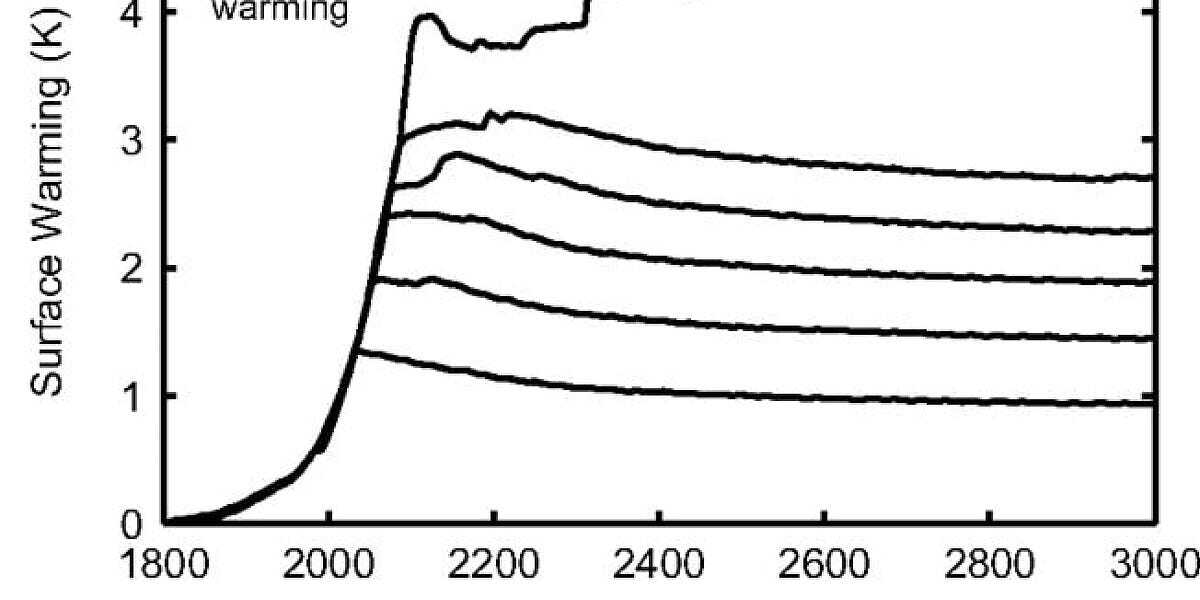- cross-posted to:
- climate@slrpnk.net
- cross-posted to:
- climate@slrpnk.net
This seems like a pretty clear cut case for air capture and carbon sequestration. At $22 trillion and $100 per tonne, you could amortize it over 40 years to drop the cost down to $500 billion per year, substantially less than the FY 2024 U.S. Department of Defense budget request. Expensive, but not impossibly or exorbitantly so.
In this light, it could be claimed that global warming is merely the cost of war in externalities. Rather, the peace dividend from world peace would easily pay for the remediation of anthropogenic carbon. Conversely, the funds that might be used to pay for mitigation of global warming will likely continue to be used to fund warfare until the countries of the world commit to disarm and cease hostilities.
The most effective way, then, to raise the funds needed to pay for decarbonization is to advocate for world peace and universal disarmament.
How many trees (planting, TLC, prescribed burning, carer wages, etc.) could $500B per year pay for? Would that be enough to reclaim the carbon?
Plenty of trees could be planted with $500 billion, but the timeframe to sequester the carbon the biosphere would be greatly extended. The reason that the author of the article discounts tree planting as a strategy for sequestration is that, as you may have noticed, trees release much of their carbon back into the biosphere in winter when they drop their leaves onto the ground. These leaves are then converted back into CO2 by the many fungi, bacteria, and detrivores on the forest floor.
As a result, there is more disruption caused by climate change. I think planting trees is an excellent idea, and that we should definitely do it, but it’s not an atmospheric carbon mitigation strategy.
If you are interested in this, look into carbon sequestration rates of switchgrass and elephant grass.
But the line must go up. We can’t solve the climate problem before we solve that problem.


